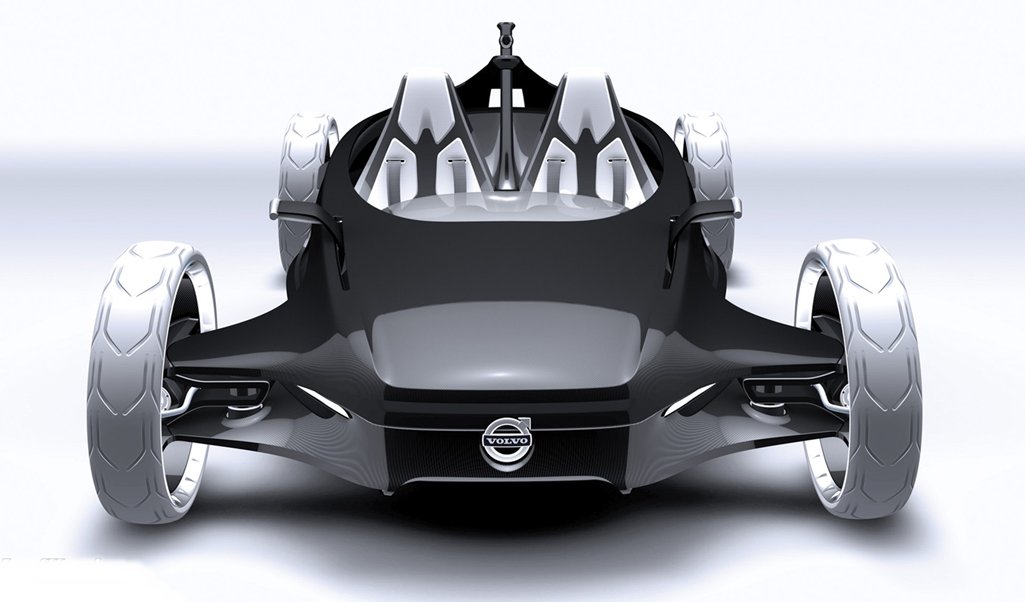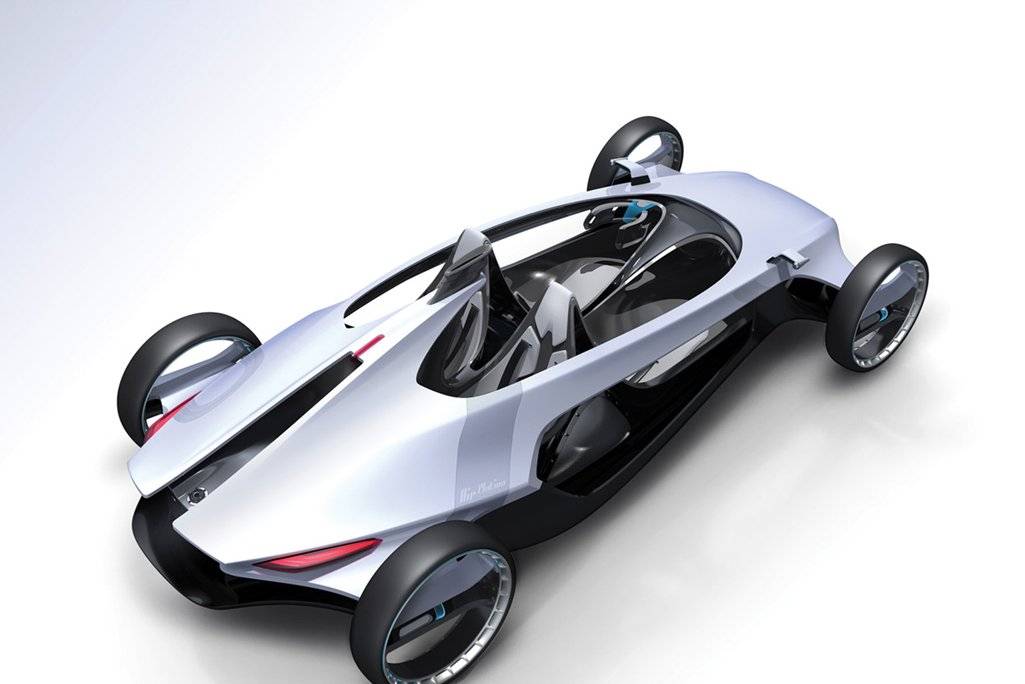asterism
Congress != Progress
You don't have to explain the FLoT to me, I'm a physicist.Are you trying to say it will cost $10 to recharge the tank?
If you are, would you like to put some money on it?
To air charge a tank large enough to propel a car weighing 500 pounds carrying 2 passengers weighing, GVWt. 750 lbs, 62 miles powered entirely by compressed air would cost more than $10 to fill at home (and significantly more than $10 at a commercial convenience station).
My rationale is based on the First law of thermodynamics/conservation of energy: "The law of conservation of energy is an empirical law of physics. It states that the total amount of energy in an isolated system remains constant over time (is said to be conserved over time). A consequence of this law is that energy can neither be created or destroyed: it can only be transformed from one state to another. The only thing that can happen to energy in a closed system is that it can change form: for instance chemical energy can become kinetic energy."
if you really believe it will cost $10 to fill the compressed air tank, warranty it with some money. I'll match any amount you can afford to lose without welshing. We can settle up anonymously with Paypal.
How can one settle anonymously with Paypal?












